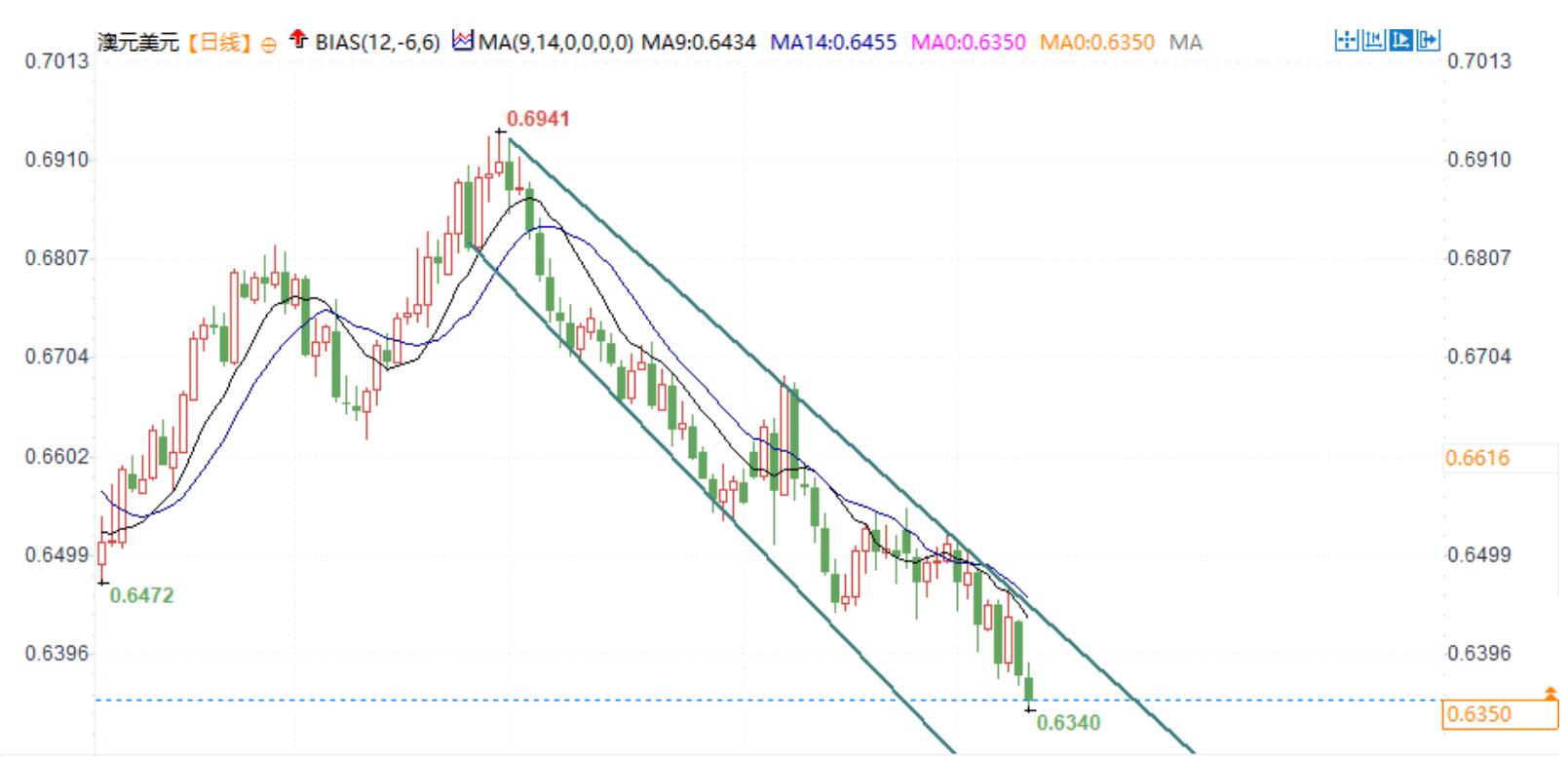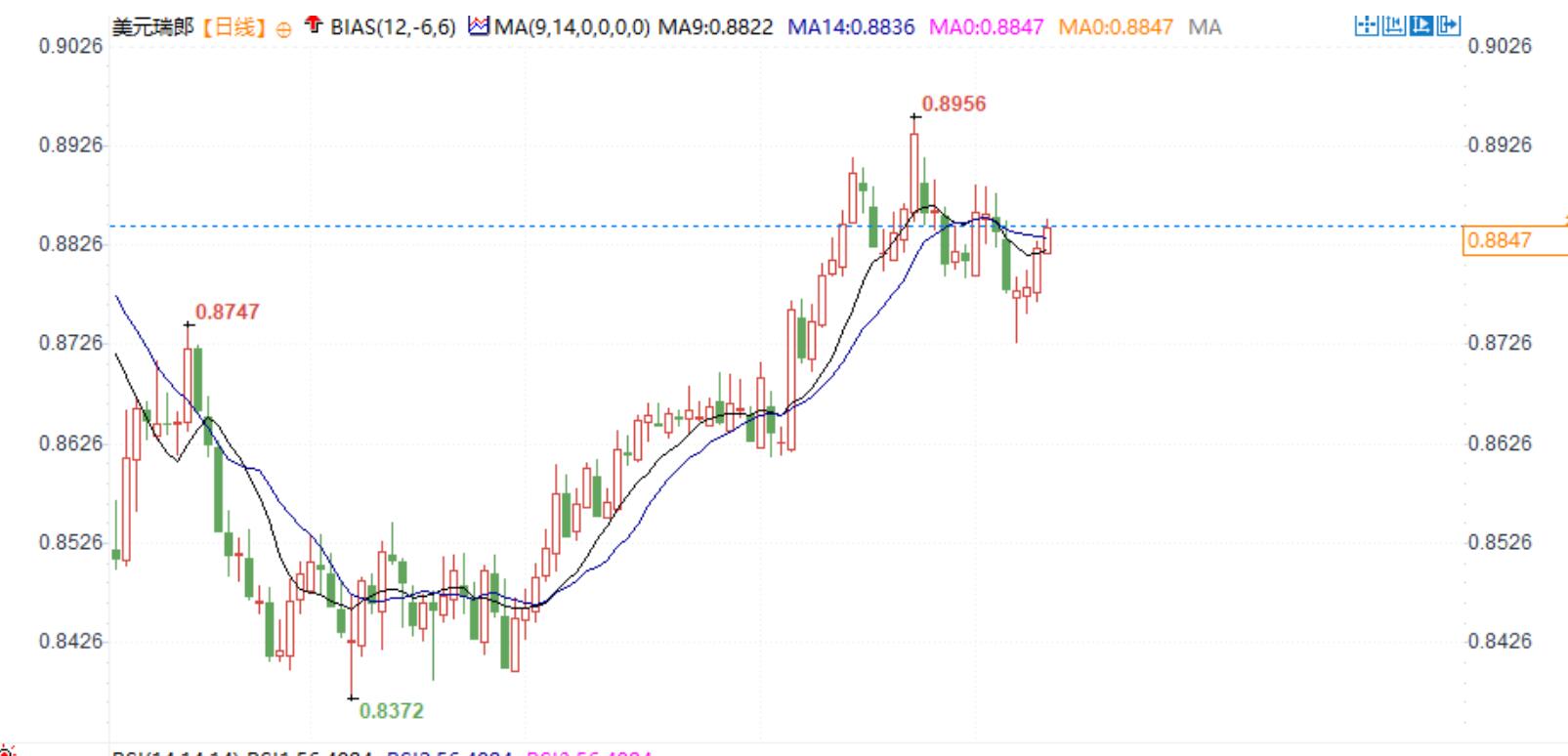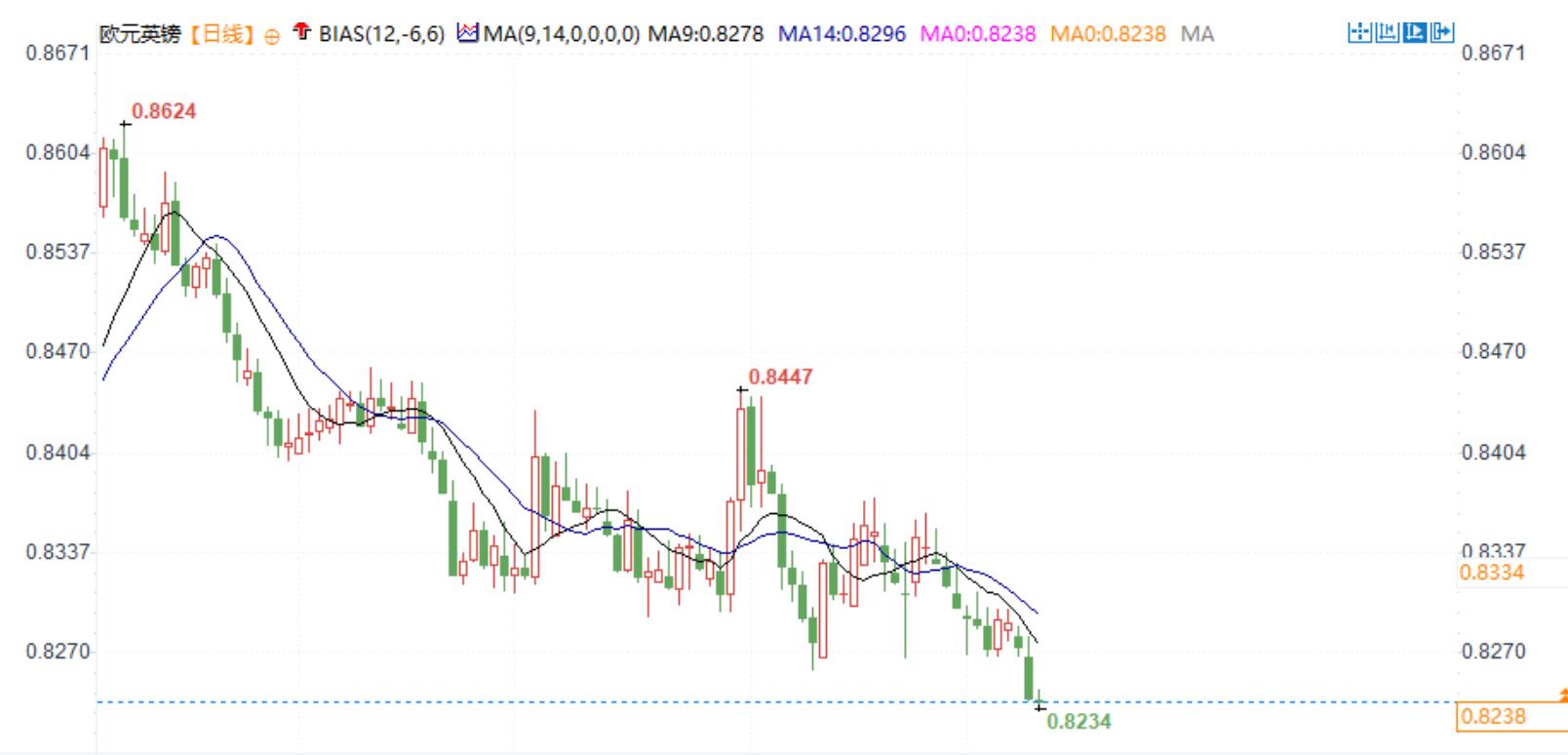AUD/USD hits new low, USD/CHF rises for four consecutive days, EUR/GBP under pressure
Recently, the global foreign exchange market has focused on the upcoming release of US November CPI data and interest rate decisions from major central banks. AUD/USD is hovering around its annual low due to the Australian Federal Reserve's stability decision and the strengthening of the US dollar; USD/CHF continues to rise due to the support of Federal Reserve policy expectations; EUR/GBP is expected to weaken due to the European Central Bank's interest rate cuts, while the pound benefits from the cautious interest rate cut stance of the Bank of England.
AUD/USD sluggish trend
On Wednesday, December 11th, the Australian dollar/US dollar showed a sluggish performance. Due to the general strengthening of the US dollar, the Australian dollar/US dollar exchange rate is facing challenges. Traders are currently focusing on the upcoming release of the US Consumer Price Index (CPI) data for November at 21:30 on December 11th.
The market expects the US CPI to rise from 2.6% in October to 2.7% year-on-year in November, while the core CPI excluding food and energy is expected to maintain a year-on-year growth of 3.3%. The market expects that if the data shows stagnant inflation, this may greatly reduce the possibility of the Federal Reserve cutting interest rates, thereby further boosting the US dollar. According to the CME FedWatch tool, traders currently expect the likelihood of a 25 basis point rate cut by the Federal Reserve on December 18th to be close to 85.8%.
Due to the decision made by the Reserve Bank of Australia at its last policy meeting in December to keep the official cash rate unchanged at 4.35%, the Australian dollar is under downward pressure. Australian Federal Reserve Chairman Brock pointed out that although the risk of inflation rising has eased, these risks still exist and require continued attention. The Reserve Bank of Australia will closely monitor all economic data, including employment data, to guide future policy decisions.
In terms of technology, analyst Faruqui provided the following interpretation:
On Wednesday, December 11th, the Australian dollar/US dollar was hovering around 0.6350. The technical indicators of the daily chart show that as the exchange rate continues to decline within the downward channel, bearish momentum is strengthening. In addition, the 14 day RSI is slightly above 30, indicating that market sentiment is still bearish;
The immediate support level for the Australian dollar/US dollar is around the annual low of 0.6348. If it falls below this level, it may further exacerbate bearish sentiment and put pressure on the Australian dollar/US dollar exchange rate to the lower boundary of the downward channel at 0.6220;
In terms of resistance, the Australian dollar/US dollar may encounter initial resistance near the 9-day moving average, followed by the 14 day moving average, which is very close to the upper boundary of the downtrend channel. If the exchange rate effectively breaks through this channel, it may pave the way for a rebound to the seven week high of 0.6687.

USD/CHF rose for the fourth day
On Wednesday, December 11, in the morning trading in Europe, the US dollar/Swiss franc hovered around 0.8850, rising for the fourth day. The rise in the exchange rate is supported by the strengthening of the US dollar (due to the market's expectation of a less dovish stance from the Federal Reserve). The market is closely monitoring the US Consumer Price Index (CPI) data for November, which will be released at 21:30 on December 11th, and then attention will shift to the Swiss Federal Reserve's interest rate decision this Thursday.
The upcoming US CPI inflation data is the last important data that Federal Reserve officials are considering before next week's interest rate decision. The market believes that a slight increase in inflation data is unlikely to prevent the Federal Reserve from lowering its key interest rate by 25 basis points.
On the Swiss side, the market generally expects the Swiss National Bank to lower interest rates by 25 basis points to 0.75% at its December meeting this Thursday. Citigroup European economist Christian said, "Market pricing may make a 25 basis point rate cut somewhat hawkish, but due to economic resilience and exchange rate stability, we still believe there is no reason for a larger rate cut; the guidance from the Swiss National Bank may still remain dovish

EUR/GBP suppressed by expectations of European Central Bank interest rate cuts
On Wednesday, December 11th, during the early European trading session, the euro/pound fluctuated around 0.8240, showing a weak performance. The market's expectation of another interest rate cut by the European Central Bank at its December meeting continues to weaken support for the euro/pound.
Before the announcement of the European Central Bank's interest rate decision this Thursday, some traders chose to wait and see. The market expects the European Central Bank to lower the deposit mechanism interest rate from 3.25% to 3.0%. This will be the third consecutive interest rate cut by the European Central Bank against the backdrop of a bleak outlook for the eurozone. Analysts from Kaitou Macro pointed out that "although there are sufficient reasons to support the European Central Bank to accelerate policy easing through a half percentage point rate cut, most members of the management committee seem to lean towards a 25 basis point rate cut
On the other hand, Bank of England decision-makers have hinted that they will gradually cut interest rates. Morgan Stanley economist Allan Monks said, "The recent signals from the Bank of England about gradual interest rate cuts are very strong, indicating that the likelihood of a rate cut next week is very low
Currently, traders predict that the Bank of England will only cut interest rates three times between now and the end of 2025, with a total reduction of 75 basis points. The Bank of England may lower borrowing costs more slowly than the European Central Bank, which provides some support for the pound and puts pressure on the euro/pound exchange rate.

Tips:This page came from Internet, which is not standing for FXCUE opinions of this website.
Statement:Contact us if the content violates the law or your rights
